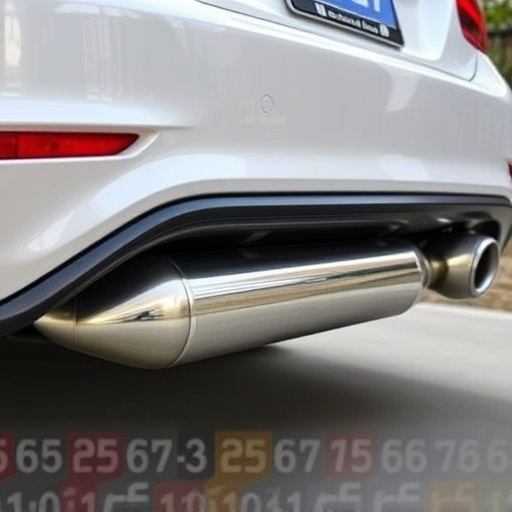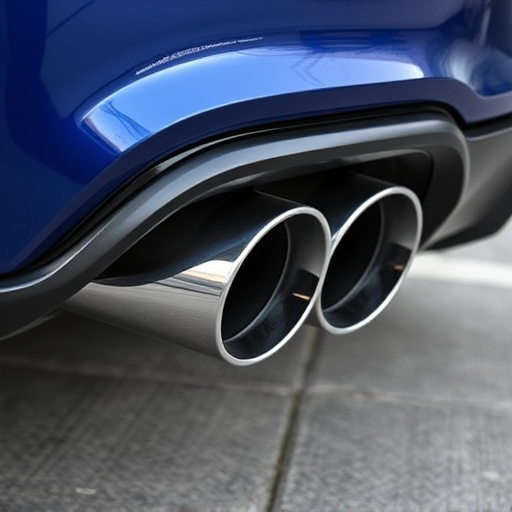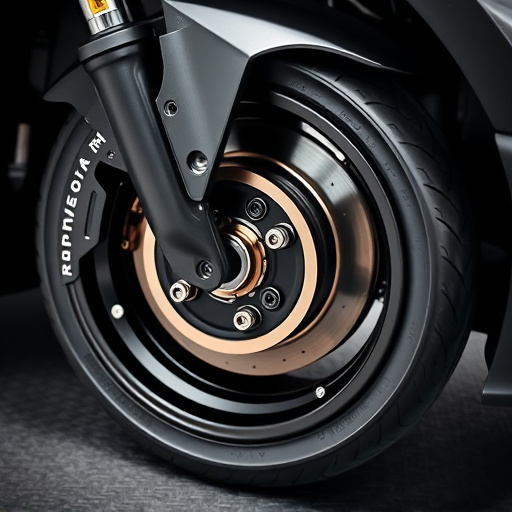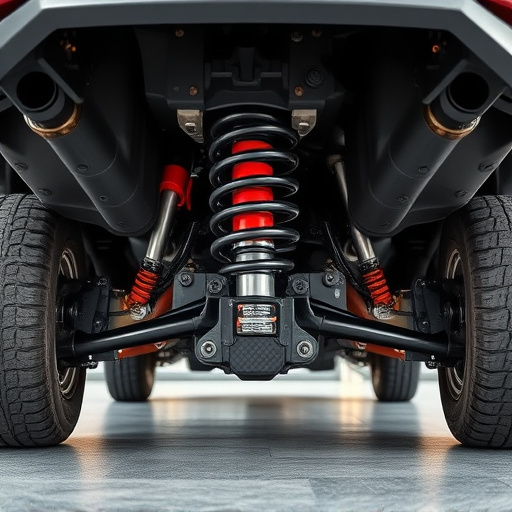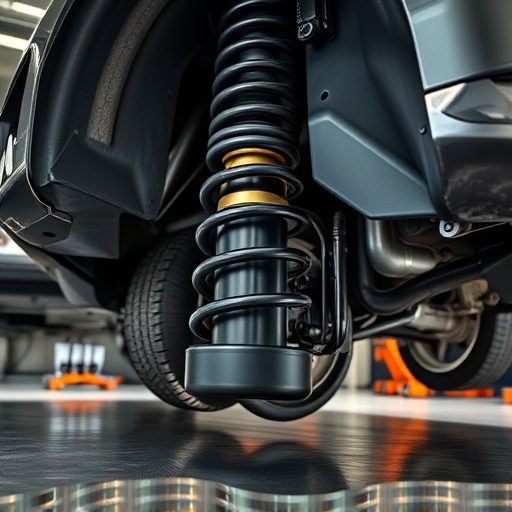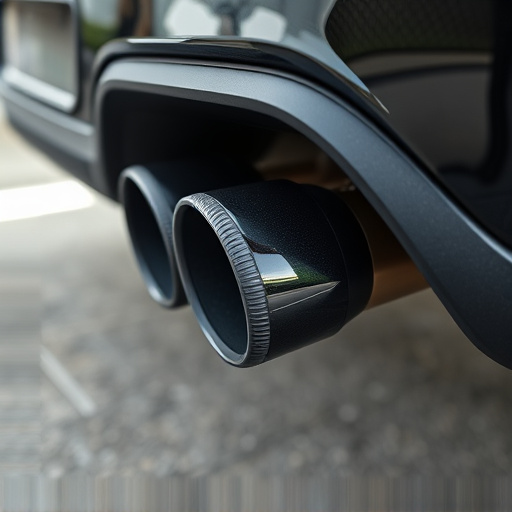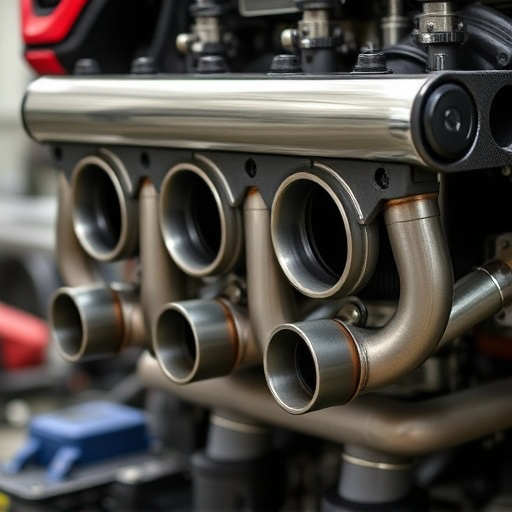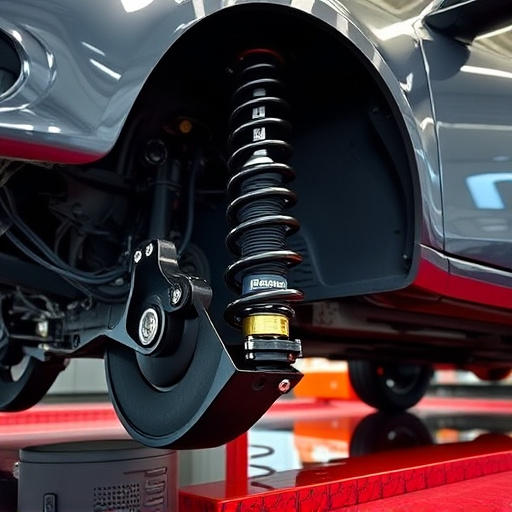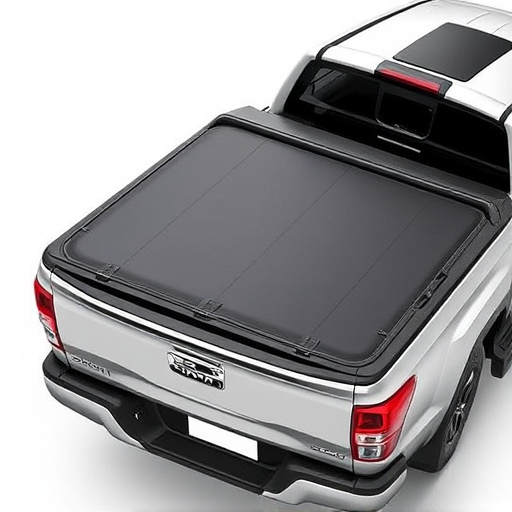Cold air intake (CAI) filters are a cost-effective way to boost vehicle performance by redirecting cold, dense air into the engine for optimized combustion. Installation is simple and requires minimal modifications, with key considerations being vehicle compatibility, driving habits, and filter material quality. High-performance filters made from synthetic media or cotton gauze offer superior debris resistance and airflow compared to traditional paper filters. This upgrade enhances throttle response, horsepower, and fuel efficiency, particularly in colder climates or at high altitudes, making CAI a beneficial modification for both daily commuters and track enthusiasts.
Looking to boost your vehicle’s performance without breaking the bank? Consider a cold air intake (CAI) filter—a cost-effective solution that can deliver significant gains. Unlike stock air filters, CAIs are designed to optimize airflow, allowing for improved engine performance and fuel efficiency. This article guides you through understanding how these filters work, selecting the right one for your vehicle, and a step-by-step installation process to unlock measurable performance increases.
- Understanding Cold Air Intake Filters: How They Work and Their Benefits
- Choosing the Right Cold Air Intake Filter for Your Vehicle
- Installation and Performance Gains: A Step-by-Step Guide
Understanding Cold Air Intake Filters: How They Work and Their Benefits
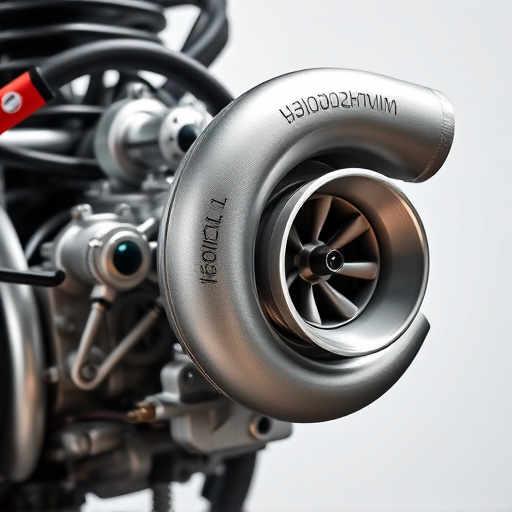
Cold air intake filters are a simple yet effective modification for any vehicle seeking performance gains. Their primary function is to direct cold, dense air into the engine, optimizing combustion and increasing power. Unlike stock air filters that can become restricted over time, these high-flow filters capture contaminants while allowing large volumes of cool air to pass through. This direct path of fresh air provides a significant boost in engine performance, often resulting in improved throttle response and horsepower gains, especially at higher altitudes or in colder climates.
Beyond their performance advantages, cold air intake filters offer easy installation and low cost compared to other aftermarket upgrades like exhaust mufflers or coilsover kits. They are typically designed as direct replacements for stock filters, requiring minimal hardware changes. Additionally, these filters can improve fuel efficiency by enhancing engine breathing, which is particularly notable in vehicles with turbocharged or supercharged engines. By ensuring a steady supply of cool air, cold air intake filters contribute to overall engine health and longevity.
Choosing the Right Cold Air Intake Filter for Your Vehicle
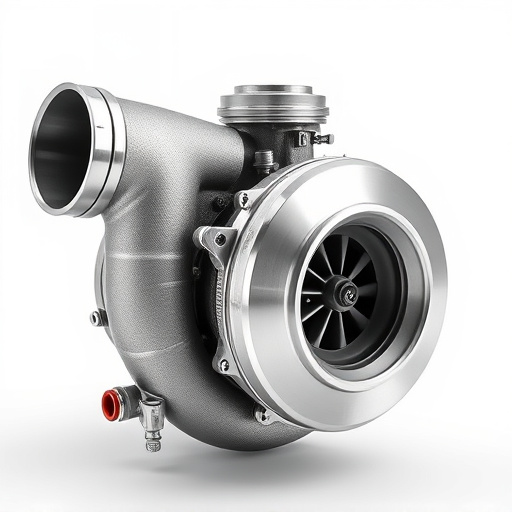
Choosing the right cold air intake filter is a key step to unlocking your vehicle’s full potential. Start by understanding your vehicle’s make and model, as each has unique engine characteristics and requirements. Different vehicles require filters with specific dimensions and airflow capabilities. Next, consider the type of driving you do most often. Daily commuters might benefit from a more efficient, high-flow filter for better fuel economy, while track enthusiasts could opt for a performance air filter designed to maximize power gains.
Additionally, the quality and material of the filter matter. High-performance parts like top-tier cold air intake filters are built with durable materials that withstand debris and ensure optimal airflow. Look for performance air filters made from synthetic media or cotton gauze, known for their ability to capture fine particles without restricting airflow. Compare these options with traditional paper filters for noticeable differences in both performance and longevity.
Installation and Performance Gains: A Step-by-Step Guide
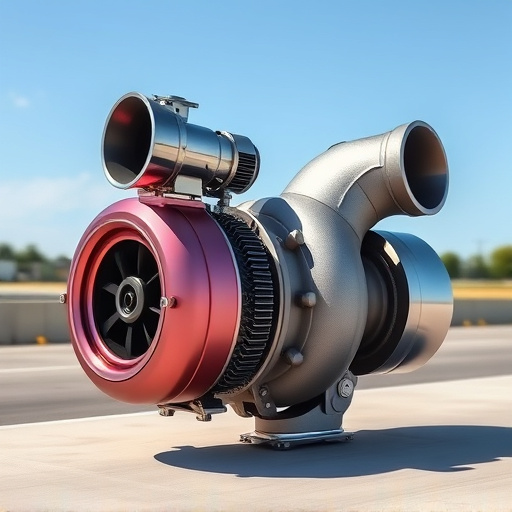
Installing a cold air intake filter is a relatively simple process that can offer significant performance gains for your vehicle. Here’s a step-by-step guide to help you navigate this DIY project. First, locate your engine’s air intake, typically under the hood, near the engine. Next, disconnect the factory air box and remove any old filters or debris. Install the new cold air intake filter, ensuring it fits snugly in place. Once secured, reattach the air box, making sure all connections are tight. The key benefits of this upgrade include improved airflow, which can lead to a boost in engine power and torque. This simple modification works in harmony with other performance upgrades like high-quality brake pads and exhaust mufflers to enhance overall vehicle performance without breaking the bank.
Cold air intake (CAI) filters offer a simple, cost-effective way to enhance your vehicle’s performance. By improving airflow and density of incoming air, these filters can lead to noticeable gains in power and fuel efficiency. Whether you’re a seasoned enthusiast or just looking for a quick boost, selecting the right CAI filter and following proper installation procedures can yield significant benefits. Remember, quality components and correct fitment are key to unlocking the full potential of your cold air intake system.





